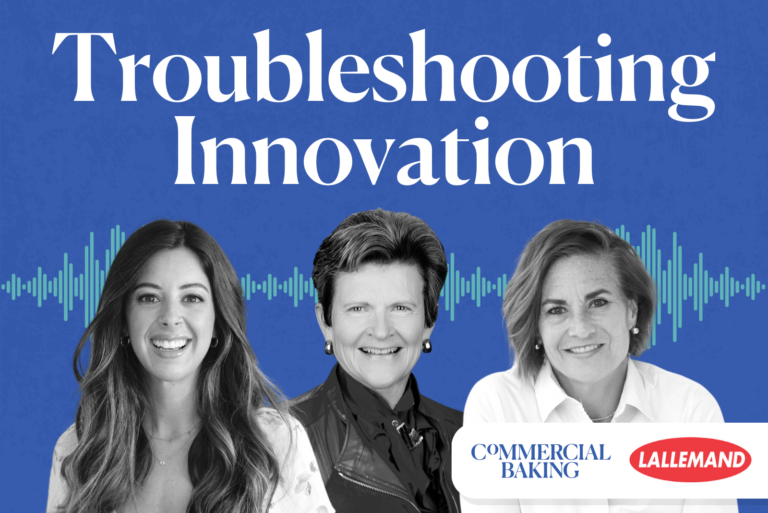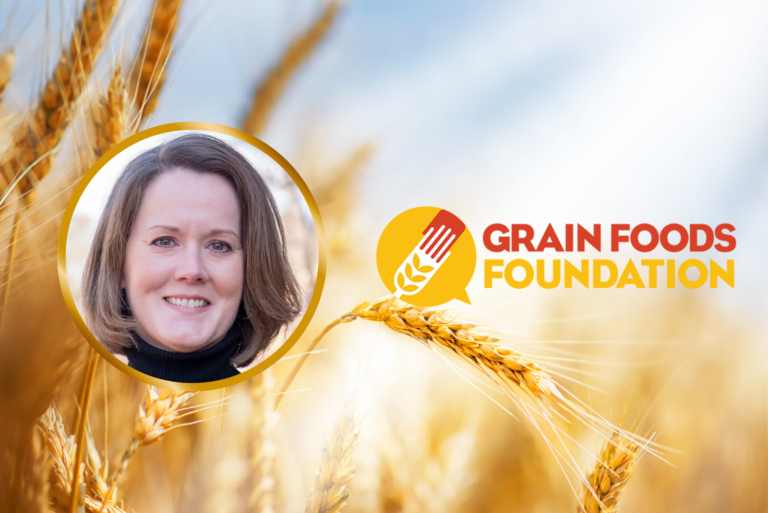KANSAS CITY, MO — Crash test dummies, the full-scale model bodies used to test for car safety, have been in use since the ’70s. But up until 2003, those crash tests relied almost exclusively on male-sized dummies. By failing to account for differences in height, weight, muscle distribution and seating posture, women were 17% more likely to die in crashes compared to men. It wasn’t until researchers pushed for the inclusion of female crash test dummies and adjustments to airbag deployment that safety measures began to improve for women.
The automotive industry isn’t alone in overlooking women’s specific physical needs — the food and beverage industry has also been slow to adapt. However, it is beginning to recognize health interests particular to women and responding with new products and marketing strategies tailored to their nutritional needs.
The women’s global health industry is valued at more than $35 billion and growing at a CAGR of 3.2%, per Fortune Business Insights, and it’s one that appears to be evolving as consumers broaden their definitions of health. Hormones, gut health, mood and cognition are just a few areas women are increasingly focusing on for overall wellbeing.










